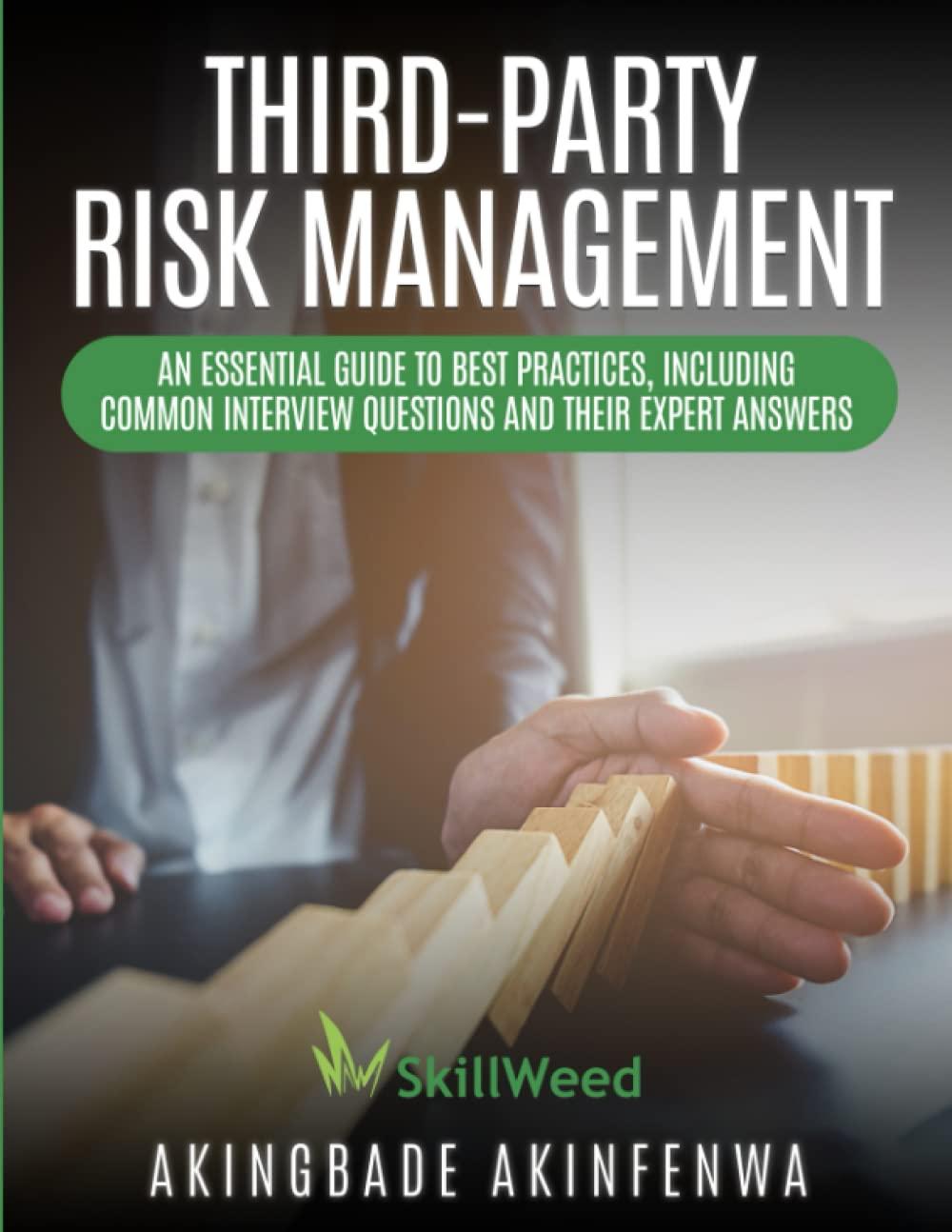Purchasing department cost drivers, activity-based costing, simple regression analysis. Perfect Fit operates a chain of 10 retail department stores. Each department store makes its own purchasing decisions. Carl Hart, assistant to the president of Perfect Fit, is interested in better understanding the drivers of purchasing department costs. For many years, Perfect Fit has allocated purchasing department costs to products on the 10-47 basis of the dollar value of merchandise purchased. A $100 item is allocated 10 times as many overhead costs associated with the purchasing department as a $10 item. Hart recently attended a seminar titled "Cost Drivers in the Retail Industry." In a presentation at the seminar, Kaliko Fabrics, a leading competitor that has implemented activity-based costing, reported number of purchase orders and number of suppliers to be the two most important cost drivers of purchasing department costs. The dollar value of merchandise purchased in each purchase order was not found to be a significant cost driver. Hart interviewed several members of the purchasing department at the Perfect Fit store in Miami. They believed that Kaliko Fabrics' conclusions also applied to their purchasing department. Hart collects the following data for the most recent year for Perfect Fit's 10 retail department stores: Data Reveww Vew Purchasing Dollar Value of Number of DevartmentMerchandise Purchase Number of Purchasing department cost drivers, activity-based costing, simple regression analysis. Perfect Fit operates a chain of 10 retail department stores. Each department store makes its own purchasing decisions. Carl Hart, assistant to the president of Perfect Fit, is interested in better understanding the drivers of purchasing department costs. For many years, Perfect Fit has allocated purchasing department costs to products on the 10-47 basis of the dollar value of merchandise purchased. A $100 item is allocated 10 times as many overhead costs associated with the purchasing department as a $10 item. Hart recently attended a seminar titled "Cost Drivers in the Retail Industry." In a presentation at the seminar, Kaliko Fabrics, a leading competitor that has implemented activity-based costing, reported number of purchase orders and number of suppliers to be the two most important cost drivers of purchasing department costs. The dollar value of merchandise purchased in each purchase order was not found to be a significant cost driver. Hart interviewed several members of the purchasing department at the Perfect Fit store in Miami. They believed that Kaliko Fabrics' conclusions also applied to their purchasing department. Hart collects the following data for the most recent year for Perfect Fit's 10 retail department stores: Data Reveww Vew Purchasing Dollar Value of Number of DevartmentMerchandise Purchase Number of







